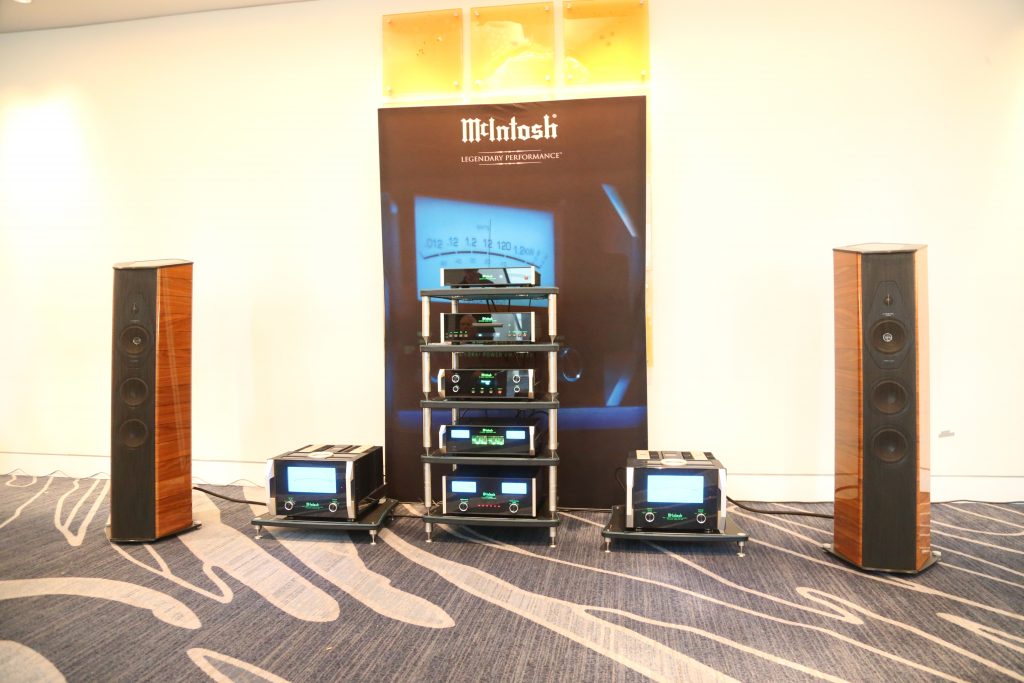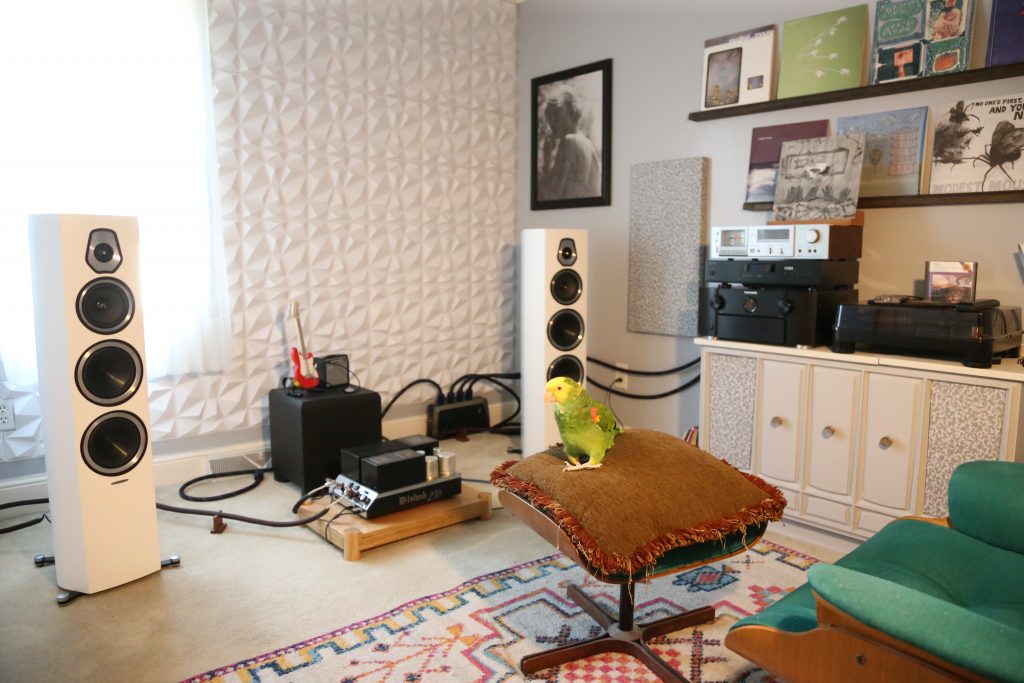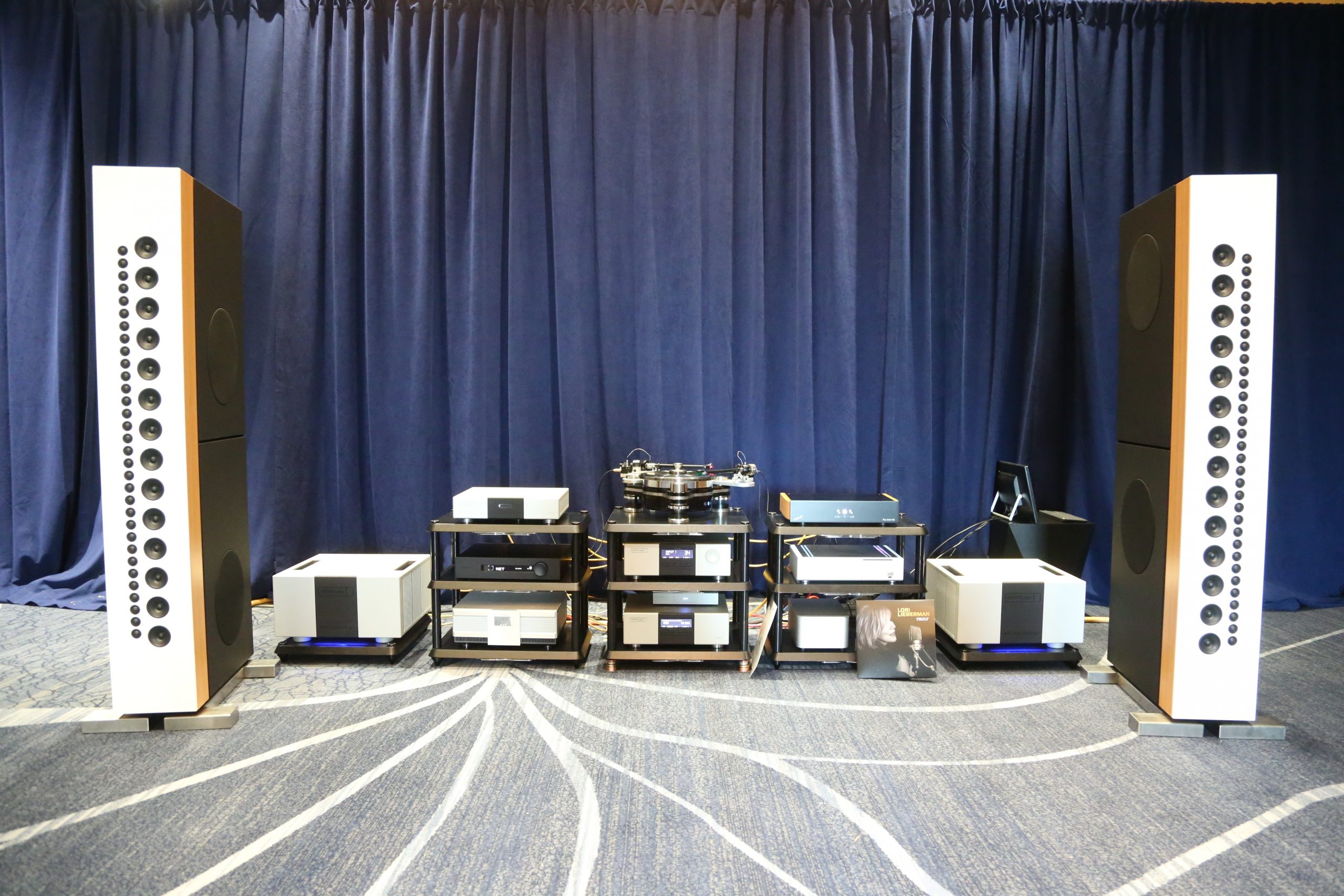If you are here, chances are you are an audiophile, meaning you want the best sound you can get within your budget. Many of us wonder if sticking to a company or mixing in different manufacturers will net the best sound. There are a couple of ways of looking at this. You can go the route where you buy products from companies that specialize in that product type or go with a company that will make a variety of items that you need for your audio chain. In many cases, companies that specialize in one type of product are masters of it, while companies that build a wide variety tend to have some great products but maybe some of them don’t get the attention they need to be excellent. Neither of these cases is true all of the time, so it is hard to just give a straight-through answer. Let’s take a deep dive into the options available to you, and maybe help you make more informed decisions.
Matching all the gear
There are very few companies that make everything you need to set up a solid HiFi system. One of the big names that cover all the bases is McIntosh, as they make every piece you could need from source to speaker and all the cables in between. Even other larger companies do not cover all the bases, though, like McIntosh Group, they may have an umbrella that owns companies. Those companies make the components and likely are used to test and develop other parts of the system. Companies like Sound United own Marantz, Bowers & Wilkins Classe, and others. You could set up a pretty full system from Sound United companies.
Pros
So let’s say you choose this route, is it really the best way? Well having listened to mixed systems and fully matched I can say that there are benefits to matching everything up. First and foremost is compatibility, basically, if you buy from the same generation and tier of gear there is a near guarantee that it will all play well together. Another plus is you will have great system synergy. What is system synergy you may ask? I look at it in the sense that your components bring out the best in each other, they are not competing for different tonality or canceling out benefits of each other. Think of this like loving a warm tube preamp and then pairing it with a bright power amp.

Cons
What might be some of the downsides to matching all your gear? I think the most obvious one is availability. Depending on how matched up you want to be, you will be limited to certain manufacturers. As mentioned above, most companies don’t make everything and prefer to focus on making a few really awesome products. In most cases, you can get all your electronics from one company, cables from another, and speakers from a third. Also, most electronics companies do not make analog sources, you often need to go elsewhere for a turntable. Another downside is cost, any company that makes everything and does it well does not do it cheaply. Let’s take our McIntosh example again, even at the entry level their products are not cheap.
There is an additional level of matching your gear. Many companies offer at least a couple of tiers of products. Do you need to match up the tier in which you are buying? I would say generally yes unless you do plan to upgrade as time allows and have that path. You may not get the best out of a top-tier CD transport if your DAC is not up to the task. This is no guarantee but more often than not you will be losing some of the benefits of top-end products if your chain is not up to snuff. Also, keep in mind that price does not equal performance at a 1:1 ratio. Typically higher performance costs more money, but there are companies like Rotel that offer really awesome gear at a very affordable price point.
The other option
For the ultimate matched system you have the all-in-one setups. Normally these are not synonymous with Hifi. Many people are probably already envisioning Crosley suitcase systems or similar options. That said we are seeing more real Hifi options on the market. At AXPONA we listened to both a Cabasse and Piega all in one system. Both systems are fully inclusive outside of an analog or CD source. Built into the speakers are the Amps, Preamps, Dacs, and sometimes Phono Preamps. You pay one price and you’re off to the races. The Cabasse system we listened to was super impressive and at under 30,000 dollars, it’s an incredible option for a no-fuss system for the listener that can afford to buy it all at once.

Mixing it all up
Mixing up gear is probably the route that most of us go. I know for me it is due to being able to find deals on individual pieces that I am looking for. I do not have the capital to go out and overhaul my system all at once, so I look to upgrade pieces as I can over time. This has led to the system I have today. It is composed of very good equipment, but it is all from different manufacturers. My preamp is a Marantz, my power amp is from McIntosh and my Speakers are made by Sonus Faber. Even my Sources are two more companies, I have a Rotel CD-11 and an Audio Technica LP-7 turntable. So does it all work well, or is it a mess? Well if you ask me, I really like the sound I have. I have a fairly flat response in my room. I get great detail, sound stage, and imaging. Could it be better if I matched everything up? It is hard to say if the matching of components or the quality of the new ones would actually be making more contribution to the change in sound quality.
Pros
If you don’t mind taking my path the biggest pro is that you can really look for the best individual pieces in your budget. I have used this method on a variety of used and new products. Buying mixed equipment gave me the ability to build a better system for the money than I could have buying all new and matching gear. When I wanted a CD player, I could have gone with the Marantz option to match my preamp, however, Rotel had a better offer for the money. My CD-11 was even designed with the help of the same guy that designed the Marants; Ken Ishiwata. The Marantz and Rotel play very nicely together, and this is the case sometimes for completely unrelated brands. Take Bowers and Wilkins paired to McIntosh amplification. Those two are not under the same umbrella or even from the same country, yet they have great synergy.
I think the biggest benefit to mixing up gear is going with companies that specialize in products. VPI makes some of my favorite turntables for the money. Even though McIntosh and Marantz, and others make turntables, I have preferred VPI in almost all cases. When I upgrade my reference table I will be going with VPI. This is not to say that McIntosh does not make a great turntable, but you may find that the value offered by a boutique builder may be better. Boutique builders only have to invest R&D money into one type of product and they can take what they learn and apply it to all levels of their products meaning they can usually sell the products for less.

Cons
If you plan to mix and match gear you will not always end up with a system you like. If you have the opportunity to try it before you buy it can help you save money. If you are somewhere that does not have a good dealer or one at all you are going to want to do a lot of research. It is best to talk to people that have similar systems to your own about your upgrade plans and see what has worked well for them. An additional downside is you may end up with components that do not work well, or even sometimes at all with each other. You need to make sure you have the correct connections available, as well as individual components. Many times Preamps will not have built-in DACs or Phono Preamps. You may need to buy these separately and if you haven’t accounted for this in your budget you may have to rework your setup.
Conclusion
What’s the best route to take? I don’t want to say well we can’t say thanks for reading. So let’s break down a couple of scenarios. If you have the money and want a system that you can buy set up and be happy with for a long time, get a matched system. You will have simplicity reliability and synergy. Often times if you get all the matching gear you can use one remote. You won’t have near the time tinkering and adjusting with a matched system. You can buy it all at one store, you won’t need to find dealers all over the country or used items. If you are interested in tinkering and have a tighter budget mixing up gear can net you a better value and sounding system than sticking with one company. There is a lot more leg work in setting up a good system from mixed and matched gear. You need to do more research, look and hunt for what will work best for you. The last option is you are in a cost no object scenario, some of the absolute tops of line options are made by companies that specialize in one or two things only. Look at companies like Wilson Audio, they make some of the most expensive and best-sounding speakers, and that is all they do, or Wadax, they a make state of the art DAC, and a server. Ultimately it comes down to you knowing what you can afford and finding something you like.

Disclaimer
No companies or entities mentioned in this article paid in part or full for this or a position in this article. It is entirely the opinion of Hifi Chicken.

